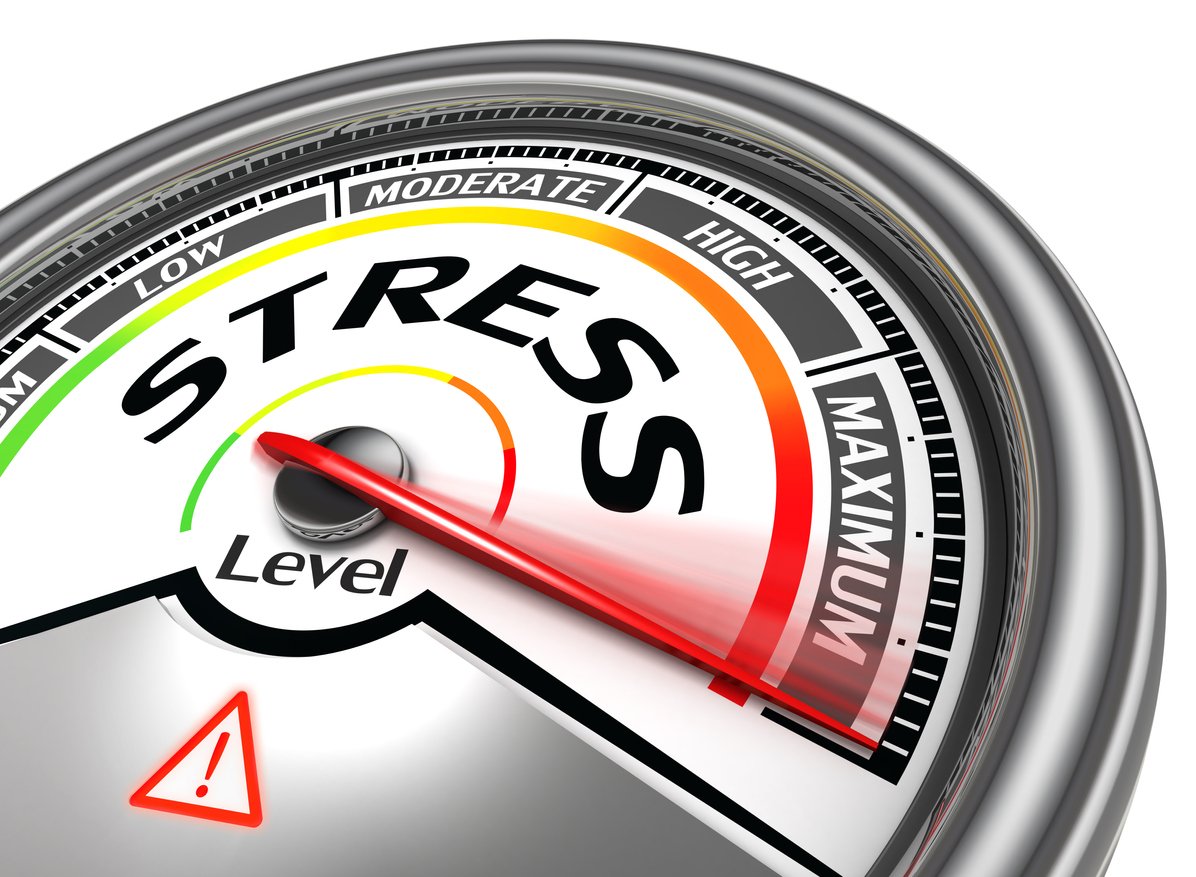Well, massage chairs are just starting to grow in popularity here in the US and Canada, but the research pool is virtually non-existent…until recently.
Dr. Michael Olpin, Stress Relief Center
A number of years ago, I received a call from Dr. Michael of Weber State University in Ogden, UT. He was calling
The Genesis of a Massage Chair Study
Some time after delivering the chairs, we arranged to have a lunch to discuss the idea of maybe doing a research study of the benefits of massage chairs. When I told him of the idea, he then shared with me that he and his staff had been taking measurements pre- and post- relief therapy to see how the different therapies were working and had accumulated data for some 4000+ subjects.
His metrics were blood pressure (systolic and diastolic pressure), pulse, pain levels, and stress levels. He had told me that the improvements from before and after the stress relief sessions were statistically significant, which means that the differences were enough to raise some eyebrows. I can’t recall if he subdivided his data on each subject by therapy type or just by virtue of using any of the modalities at the stress relief center. Nor did his data take into consideration whether the subjects used more than one modality in one session.
I got pretty excited about all of this data collection by Dr. Olpin. He had been gathering significant data unbeknownst to anyone in our massage chair industry…and it showed statistically significant data that could be very meaningful and beneficial to that industry.
Published Research
Well, fast forward a number of years later to a group Zoom call I was on a couple of weeks ago. And, lo and behold, guess who was on that same call…my old friend, Dr. Michael Olpin! We were both invited to a Mastermind group discussing ways to broaden the scope and reach of massage chair therapy.
In the course of that Zoom call, I learned that Dr. Olpin had continued to do data collection and turned it into three published research projects on the subject of stress relief for university students. All three the projects are listed below for your reference and have all been published relatively recently, with one being published as recently as 2021. As far as I know, these are the first published research articles in the massage chair industry.
I’ll summarize the 2018 study for you so you can see what his research has revealed. This project took data from 17,000 university students at Weber State University Stress Relief Center to see if there is “a difference in perceived stress, perceived pain, blood pressure, and heart rate with different tools and interventions.
How the Study Worked
“The student checked in at the greeting area…gave permission to have their blood pressure and heart rate taken, to have their name recorded, to answer questions related to their current stress and pain levels.

“After checking in, students then could request to use any number of tools or interventions for any amount of time free of charge. Students could use or do the following: back massager, biofeedback, chi machine, essential oils, foot and calf massager, head massager, hot chocolate, iLightz (light and sound machine), inversion table, massage chair, massage mat, herbal tea, Vitamin D light, guided relaxation exercise, relaxing music, mind/body wellness books and magazines, and sitting meditation.
“After using or doing one or more of these tools and interventions, physical rates were retaken and perceived levels ranked again with the students’ permission.”
Most of the students used more than one of the tools/interventions per visit. The most used tool was the massage chairs…and by a lot! Analysis of the huge amounts of data helped determine which tools/interventions resulted in the most significant changes in the data. “The tools and interventions with statistically significant results for all pre and post rates and levels were the massage chair, chi machine..and the foot and calf massager.” The data also showed that sitting meditation produced significant results as well.
It was interesting to note that students wanted quick stress relief, thus the massage chair option (the massage chairs also had foot and calf massagers) was the most popular selection. It seemed that students were more interested in a quick stress reliever rather than using tools that taught them how to relieve stress. I would think that, generally speaking, the same would go for older adults and for people also looking for pain relief.
Pretty good stuff, eh? I’m sure more and more studies will begin to come out as the popularity of massage chairs continues to grow in our stressed out “Western” culture. I have been told that 25{6b2fa08d5993bc7e76ffaca7a3a295e96a3274ffb0576a302ceddffe26335ebd} or more of homes in Japan have a massage chair! I think we will see more and more folks getting into massage chairs as a pain and stress treatment, not only because of their efficacy, but because of the convenience of having one in your home to give you immediate 24/7 pain and stress relief.
Dr. Alan Weidner
P.S. Give us a “Like” or “Share” and leave me a comment or question below to share what you learned or ask any questions, so other folks can benefit from this material.
Davis, R., Olpin, M. (2021). The Effects of Stress Relief Tools and Interventions on Students’ Well-Being. College Student Journal. 55(1).
Dawson, S., Davis, R., Olpin, M. & Jensen., A., (2019). The Effects of a University Stress Relief Center on Perceived and Physiological Measures of Stress. The Journal of the Academy of Sciences, Arts, & Letters.
Erica Bennion, Michael N. Olpin, Mark DeBeliso, (2018) “A comparison of four stress reduction modalities on measures of stress among university students”, International Journal of Workplace Health Management, Vol. 11 Issue: 1, pp.45-55, https://doi.org/
